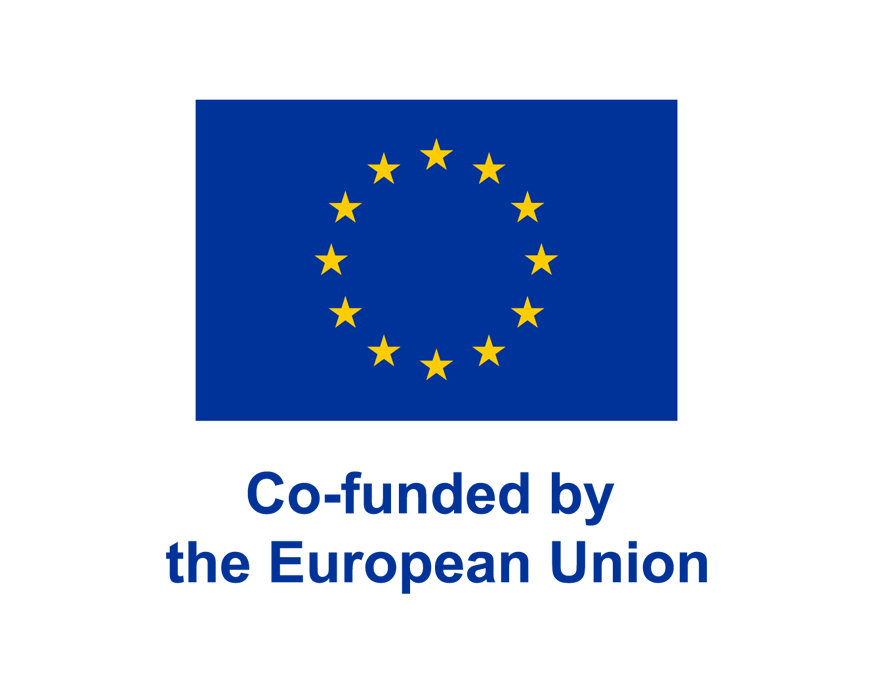At a glance
- The conversion to a renewable energy economy demands enormous and expensive expansion of the existing power grids for the integration of millions of energy producers, consumers, and stores.
- The AGISTIN research project is developing an advanced grid interface for industrial use cases, which can optimize the interaction of renewable energy producers, consumers, and innovative storage systems, and thus, reduce the necessary grid expansion.
- Fraunhofer IWES is primarily involved for the green hydrogen production use case. Among other things, Fraunhofer IWES is responsible for the modeling of the storage technologies, assisting with the modeling of the systems, transposing them to a real-time environment to test electrolyzer converters on the PQ4Wind test bench.
The challenge
The conversion of the European economy to renewable energy sources is altering the dynamics of the power grid towards faster timescales, which brings new challenges. In light of the increasing electrification of many processes and large sections of transport, grid operators need to be able to connect considerably more energy production and storage systems to the grid. Guaranteeing the stability of such a complex system is no mean feat and requires, among other things, extensive expansion of the existing grid and the adaptation of the operating method and control of industrial systems as well as renewable energies. Industrial loads, such as, electrolyzers and data centers in particular, offer great potential for new system services in order to improve the integration of renewable energies. Innovative storage systems are a key technology in this respect.
The solution
The integration of storage systems into the power grid is essential for a climate-neutral energy economy. They can contribute to stabilizing the grid by, for example, absorbing surplus energy during high feed-in periods and reducing peak loads from consumers, especially in industry, at other times. Optimally orchestrated, the interaction of energy producers, consumers, and storage systems can contribute to stabilizing the power grid, keeping the grid expansion smaller, and lowering costs.
The added value
This is where the AGISTIN European research project comes in. The aim is to store renewable energies with the aid of innovative technologies such as aluminum-ion batteries and make them available to industrial consumers in particular via an advanced grid interface in order to improve grid integration. The function of the interface is to be tested in three use cases: green hydrogen production, pump storage systems, and grid-supporting charging of electric vehicles.
Among other things, Fraunhofer IWES is making essential test capacities available to the project, including the PQ4Wind grid emulator in Bremerhaven for an electrolyzer converter. In addition, Fraunhofer IWES is responsible for the modeling of storage technologies, transposing the system models to a real-time environment for the test campaign, and assisting with the development and analysis of the advanced grid interface.
More information on the project website:
